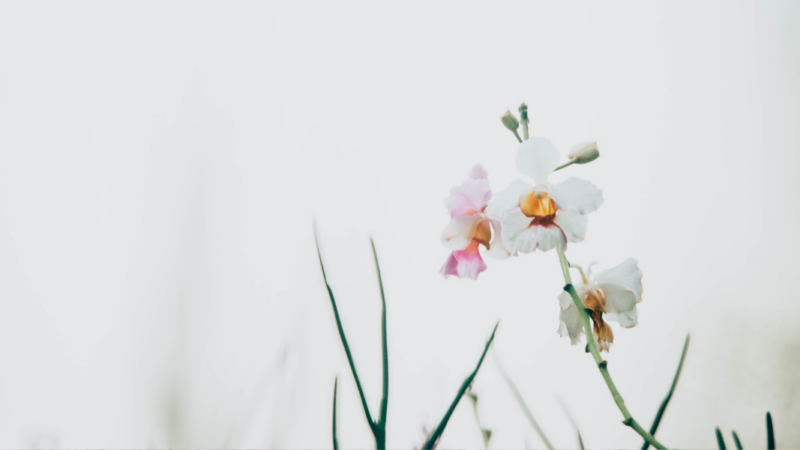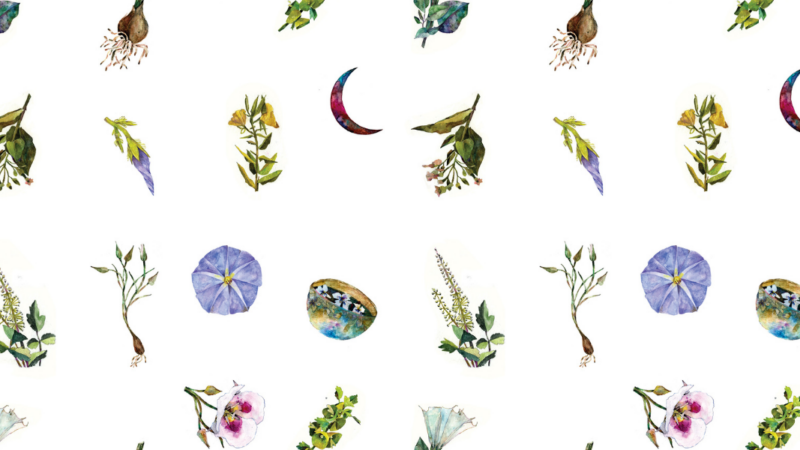-
E117: The Real Work: Letting Go from Within
Michael Singer — October 2, 2025
True spirituality isn’t about mystical experiences or lofty ideals—it’s about honestly facing...
-
Once More: Reflections on Reincarnation and the Gap Between Lives
Tami Simon — September 26, 2025
In this special reflection episode of Insights at the Edge host Tami Simon looks back on her...
-
Honey Tasting Meditation: Build Your Relationship with Sweetness
There is a saying that goes “hurt people hurt people.” I believe this to be true. We have been...
Written by:
Amy Burtaine, Michelle Cassandra Johnson
-
Many Voices, One Journey
The Sounds True Blog
Insights, reflections, and practices from Sounds True teachers, authors, staff, and more. Have a look—to find some inspiration and wisdom for uplifting your day.
Standing Together, and Stepping Up
Written By:
Tami Simon -
The Michael Singer Podcast
Your Highest Intention: Self-Realization
Michael Singer discusses intention—"perhaps the deepest thing we can talk about"—and the path to self-realization.
This Week:
E116: Doing the Best You Can: The Path to Liberation -
Many Voices, One Journey
The Sounds True Blog
Insights, reflections, and practices from Sounds True teachers, authors, staff, and more. Have a look—to find some inspiration and wisdom for uplifting your day.
Take Your Inner Child on Playdates
Written By:
Megan Sherer
600 Podcasts and Counting...
Subscribe to Insights at the Edge to hear all of Tami's interviews (transcripts available, too!), featuring Eckhart Tolle, Caroline Myss, Tara Brach, Jack Kornfield, Adyashanti, and many more.
Most Recent
The Courage to Stand Alone
The Courage to Stand Alone
It can be scary when we are called to confront our aloneness, the seemingly infinite depths of that empty, homeless feeling inside of us. When all our old protections fall away and the abandoned and neglected ones inside come begging for our love and attention. It can feel sometimes as though there’s nowhere to turn, like we want to crawl out of our own skin, urgently get out of the Now and into some other time or place.
It takes bravery to stop, breathe, and—slowly, slowly, slowly—turn back toward the lonely, dark, empty “void” inside (in reality, there is no void). To actually turn to face the sense of abandonment buried deep within our guts, to soften into the sense of separation that has been with us for as long as we can remember. We don’t have to make the feeling go away today, only lean into it, breathe into it, begin to make room for it, maybe even learn to trust its presence.
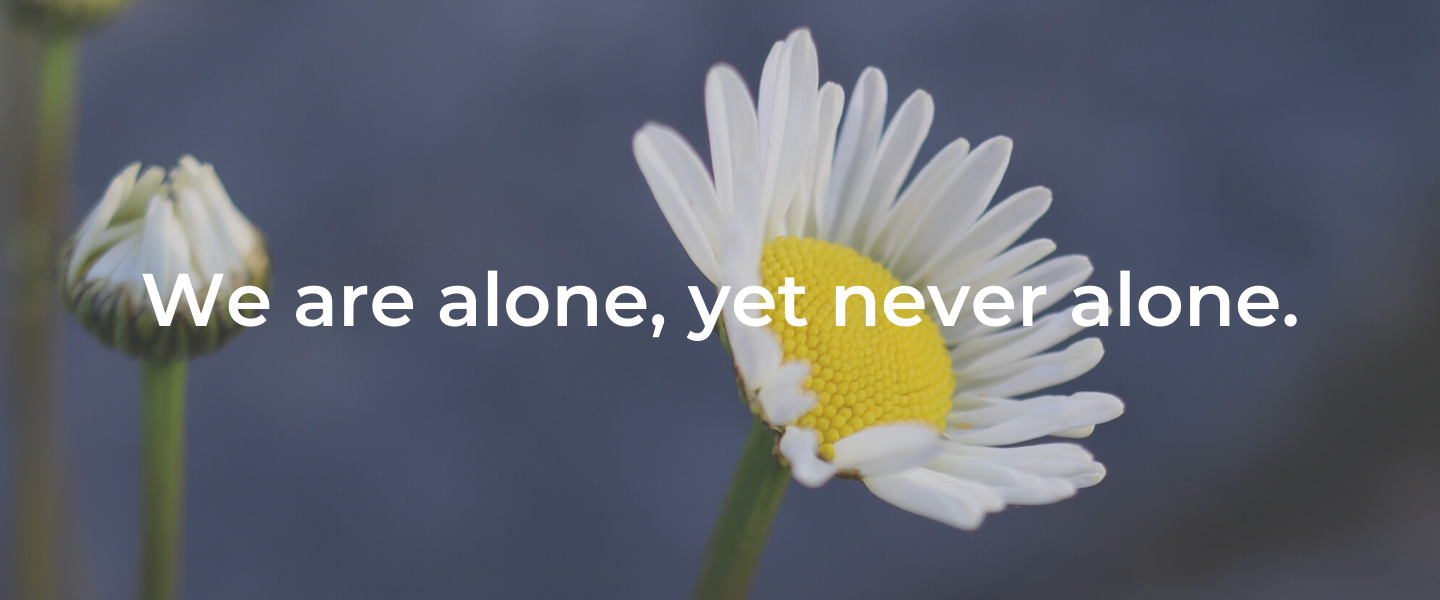
Perhaps loneliness is like a cosmic nostalgia, a preverbal memory of a deep womb-connection, with ourselves, with the planet, with every being who has ever lived. In leaning into our own loneliness, shame, and existential anxiety, we may be able to touch into compassion for the loneliness of every human being, for every heart longing to connect, for every grieving heart, every frightened heart.
We are alone, yet never alone. This is the great paradox of existence. Our loneliness, when not resisted or numbed away, may actually end up connecting us more deeply to life and each other, like it did for me and my sweet father that winter evening.
Let us learn to be alone, then! Alone, without distraction, which is true meditation. Alone, communing with the breath as it rises and falls. Alone with the mind and its incredible dance. Alone with the rain and the morning sun. Alone with the crackle of autumn leaves under our feet, or the crunch of winter snow. Alone with the hopes and joys and anxieties of this human form, living a single day on this remarkable planet. Alone with our precious selves, with this unfathomable sense of connection to all things, with birth and loss and death and their myriad mysteries.
Alone, with all of life.
This is an excerpt from You Were Never Broken: Poems to Save Your Life by Jeff Foster.
 Jeff Foster shares from his own awakened experience a way out of seeking fulfillment in the future and into the acceptance of “all this, here and now.” He studied astrophysics at Cambridge University. Following a period of depression and physical illness, he embarked on an intensive spiritual search that came to an end with the discovery that life itself was what he had always been seeking.
Jeff Foster shares from his own awakened experience a way out of seeking fulfillment in the future and into the acceptance of “all this, here and now.” He studied astrophysics at Cambridge University. Following a period of depression and physical illness, he embarked on an intensive spiritual search that came to an end with the discovery that life itself was what he had always been seeking.
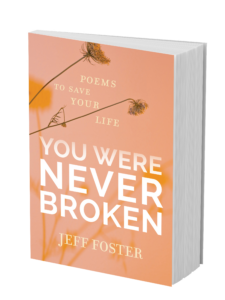
Learn More
Valarie Kaur: Activating Revolutionary Love
Valarie Kaur is a seasoned civil rights activist and celebrated prophetic voice at the forefront of progressive change. She’s the founder of the Revolutionary Love Project and author of the book See No Stranger: A Memoir and Manifesto of Revolutionary Love. With Sounds True, Valarie has created The People’s Inauguration—a 10-day online program to help us reckon with all we have lost and point us toward a vision of the society we can build together, grounded in love. In this episode of Insights at the Edge, Tami Simon and Valarie discuss “revolutionary love” as a guiding ethic for our times. They explore what it is to extend love to all people without limit and how opening our hearts in this way is both an ancient and radical act. Valarie also talks about “the heart and the fist,” and why both are necessary in order to create the systemic, cultural, and environmental transformations our world needs. Finally, Valarie shares what we can learn from our rage and grief, as well as the importance of connecting with our joy and our ancestors as we keep showing up for the labors of love before us.
The Remedy We Are Excited To Try in the New Year: Flow...
What are flower essences?
The goals of flower essence therapy include: ease in accessing higher vibratory states like joy and gratitude; enhanced mind-body-spirit balance, presence, acceptance of emotions and integration of difficult vibratory states; encouraging flow states like creativity; manifesting; supporting balance; expanding awareness of self and the Universe, ancestral connection and healing; and helping us to be of greater service to ourselves, others, and the Earth.
Flower essences work by way of the following:
- synchronicities—helping us connect seemingly unrelated or previously unseen opportunities or happenings
- indirect occurrences—positively affecting different environments and interpersonal dynamics
- insights—supporting mental, emotional, physical, and/or astral awakening; new ideas, solutions, or information may present
- physical changes—bringing up new sensations, shifts in organ/system functioning or in symptoms
- emotional responses—bringing up new feelings or memories; stabilizing or releasing them
- expression—inspiring artistic, verbal, and kinesthetic expression
- dreamtime—bringing about new or recurring dreams, insights, and subconscious resolution
- invoking intention—the more time and space you can offer, the more likely you’ll be able to feel flower essences. For example, taking them with a light meditation, a visualization, while doing yoga or some other kind of bodywork or prayer
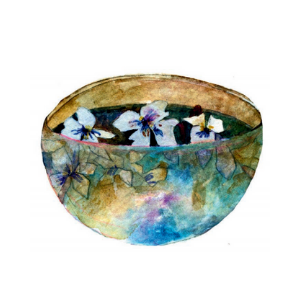
How to Select a Flower Essence
Flower essences can be purchased from a quality producer, or you can make your own. Here, I will discuss how to select and apply ready-made flower essence remedies. You can learn how to wildcraft your own flower essences with me in this video.
When you’re starting out with flower essences, it can be overwhelming—so many producers and so many essences! I like to encourage people to remember that it’s your relationship with the plant that is the most important thing in selection. Your relationship with the remedy is the co-creation with that plant. The more you work with flowers, the more you will be able to feel and trust this part of the process.
The following are some ways to begin exploring flower essences:
- Depending on what issue(s) you’d like to address, begin by taking one to three essences that resonate with you. Many producers offer sets of remedies that have a particular focus. You may want to purchase a set to experiment with, such as the FES’s Range of Light, Delta Gardens’ Protection Set, Alaskan Essences, or the Bach Essences.
- Consider flower essences that invite presence, relaxation, protection, and grounding.
- If you want to study the essences more carefully, consider making flashcards or purchasing the flower cards (Alaskan Essences, FES, and Bach make sets).
- If you’re curious to learn more about how a plant might connect with your ancestry, consider doing some research on how it was used historically.
- Perhaps there’s a flower you’re curious about, or have seen in nature. Ask this plant if it would like to work with you.

Here are five basic ways to select a flower essence:
- Intuitively: A flower essence might come to you by way of revealing itself in nature, or appearing in a dream.
- By dowsing: Using a tool of resonance, such a pendulum, to test for essences.
- Through muscle testing: A simple way to muscle test is to make a ring with the index finger and thumb of your nondominant hand. If you would like to test for a yes for an essence, say the name of the plant and flick the circle with your dominant hand. If the circle holds, that’s a yes. If it breaks open, that is a no.
- By consulting reference literature: Books, repertories, or flower affirmation cards.
- Through blind testing: By drawing a card or randomly selecting an essence from a set. This method works well with children.
Any of these methods can be integrated into your ritual. Before making remedies for other people, it’s a good idea to spend some time with the flower essences yourself. The flowers will have much to share with you. Also, the more experience you have with the essences yourself, the better you will understand how the essences will work for others.
This is an excerpt from The Bloom Book: A Flower Essence Guide to Cosmic Balance by Heidi Smith.
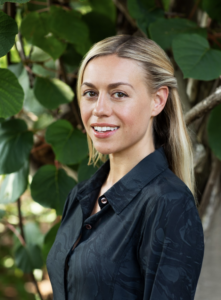 Heidi Smith, MA, RH (AHG), is a psychosomatic therapist, registered herbalist, and flower essence practitioner. Within her private practice, Moon & Bloom, Heidi works collaboratively with her clients to empower greater balance, actualization, and soul-level healing within themselves. She is passionate about engaging both the spiritual and scientific dimensions of the plant kingdom, and sees plant medicine and ritual as radical ways to promote individual, collective, and planetary healing. She lives in Brooklyn, New York, with her partner and two cats. For more, visit moonandbloom.com.
Heidi Smith, MA, RH (AHG), is a psychosomatic therapist, registered herbalist, and flower essence practitioner. Within her private practice, Moon & Bloom, Heidi works collaboratively with her clients to empower greater balance, actualization, and soul-level healing within themselves. She is passionate about engaging both the spiritual and scientific dimensions of the plant kingdom, and sees plant medicine and ritual as radical ways to promote individual, collective, and planetary healing. She lives in Brooklyn, New York, with her partner and two cats. For more, visit moonandbloom.com.

Learn More
Sounds True | Amazon | Barnes & Noble | Bookshop
Customer Favorites
Robert Augustus Masters: The Depthless Depth of Shadow...
Robert Augustus Masters is an integral psychotherapist and author whose works include To Be a Man, Emotional Intimacy, and Spiritual Bypassing. Most recently, he teamed with Sounds True to publish Bringing Your Shadow Out of the Dark: Breaking Free from the Hidden Forces That Drive You. In this illuminating episode of Insights at the Edge, Tami Simon speaks with Robert about the influence of the shadow side of the psyche—especially Robert’s own encounters with it. Robert describes his experiences as the leader of a psychospiritual community that gradually transformed into a cult, including the near-death experience that forced him to confront the reality of his actions and change his life. Tami and Robert also talk about the powerful influence of shame, as well as the important differences between anger and aggression. Finally, they discuss the desire to place spiritual guides on pedestals and what we can do to address the difficult aspects of student-teacher relationships. (63 minutes)
Tami’s Takeaway: One of the ways that Robert Augustus Masters describes our personal shadow is that it contains experiences of wounding and early conditioning that we have yet to face. How do we know what we haven’t yet faced? Robert teaches that one of the best ways we can start to identify our shadow is to pay careful attention to moments of reactivity (we all know what those feel like) and then ask, “How old do I feel in this moment?” By entering the pain of these early disowned experiences, we start the hard task that Robert calls “illuminating the shadow,” a great life work that is endlessly deep and endlessly liberating.
Mark Nepo: The Half-Life of Angels
How do we know our own authenticity? How can we return to our hearts when we find we’ve left them? As we evolve and change along our journey, how do we relate to the “former selves” in our past? In this podcast, Tami Simon and poet-philosopher Mark Nepo address these questions and more, as they discuss his creative process; his new book, The Half-Life of Angels; and how we can each touch the ever-present and wholly miraculous “spark of becoming” waiting to guide our lives.
Tune in as Tami and Mark talk about the introspective nature of the creative process; the metaphor of the soul as an inlet; congruency; how the heart shatters but inevitably heals; becoming a student to the mystery of life; the meaning of the word “admit,” and the practice of return; seeing through the lens of the miraculous; the intersection of meditation and creativity; the art of re-visioning; how a commitment to truthfulness grows in concentric circles; living from the deep versus diving and coming back up; the shift from being driven to being drawn; impermanence and perseverance; how the life of expression is one of discovery, relationship, and inquiry; why “there’s always a teacher next to you”; “becoming the poem”; and more.
Note: This episode originally aired on Sounds True One, where these special episodes of Insights at the Edge are available to watch live on video and with exclusive access to Q&As with our guests. Learn more at join.soundstrue.com.
The Awesome Human Project
Nataly Kogan is an entrepreneur, speaker, and author on a mission to help people cultivate their “Awesome Human” skills by making simple, scientifically backed practices part of their daily lives. The author of the books Happier Now and The Awesome Human Project, she has appeared in hundreds of media outlets, including the New York Times, the Wall Street Journal, TEDxBoston, SXSW, and the Harvard Women’s Leadership Conference. In this podcast, Sounds True founder Tami Simon speaks with Nataly about how we can live in a way that enables us to thrive while we give all of our gifts. They also discuss developing the five skills of emotional fitness; the practice of “struggle awareness” when faced with a challenge; overcoming the brain’s negativity bias, and the art of “courageously talking back to our brains” with kindness and compassion; the five traits of the Awesome Human; a leader as someone who positively impacts another person’s ability to flourish; sharing your emotional “whiteboard” to support the best possible interactions with others; the concept of “surface acting” at work and how it contributes to burnout; investing in a daily check-in with yourself; the power of self-compassion and self-acceptance; self-care as the skill of fueling your emotional, mental, and physical energy; and connecting to your “bigger why.”

